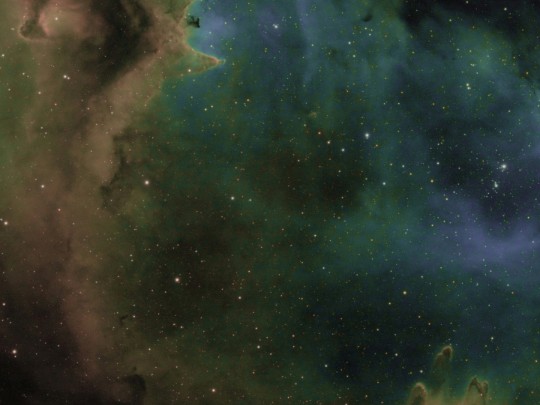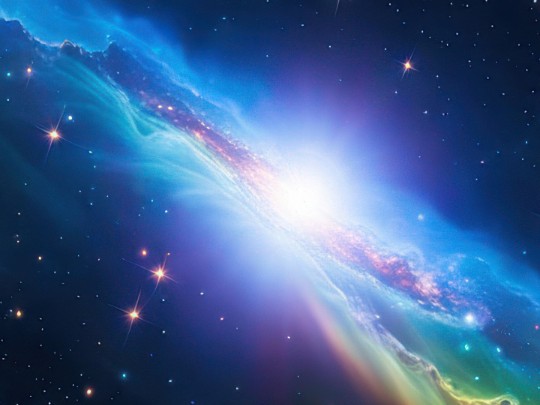Unveiling the Cosmic Wonders: Exploring Nebulae and the Birth of Stars

Gazing up at a clear night sky is a humbling experience, a reminder of our place in the vast cosmos. Beyond the familiar constellations and twinkling stars lies a realm of even greater wonder: nebulae. These immense clouds of gas and dust, often illuminated by the light of newborn stars, are among the most spectacular sights in the universe.
Nebulae: Stellar Nurseries of the Universe
But nebulae are more than just beautiful images; they are stellar nurseries. Within their swirling formations, gravity draws together gas and dust, eventually triggering nuclear fusion and the birth of new stars. It's a continuous cycle of creation and destruction, a cosmic dance that shapes the universe we observe.
Different Types of Nebulae: A Colorful Tapestry
There's a remarkable diversity among nebulae, each with its unique characteristics and appearance. Let's explore some of the most fascinating types:
Emission Nebulae: Vibrant Hues of Ionized Gas
These nebulae glow with vibrant colors thanks to the ionization of gases like hydrogen. The energy from nearby hot stars excites the gas atoms, causing them to emit light at specific wavelengths. The most famous example is the Orion Nebula, a stunning spectacle visible to the naked eye under dark skies.
Reflection Nebulae: Scattering Starlight
Unlike emission nebulae, reflection nebulae don't emit their own light. Instead, they scatter the light from nearby stars, much like dust particles scatter sunlight on Earth. These nebulae often appear blue because blue light is scattered more effectively than red light.
Dark Nebulae: Shadows in the Cosmic Landscape
These dense clouds of gas and dust are so thick that they block the light from stars behind them, creating dark silhouettes against the brighter background of other nebulae or the starry sky. The Horsehead Nebula is a classic example of a dark nebula, easily recognizable by its distinctive shape.
Planetary Nebulae: The Final Act of a Dying Star
These nebulae represent the final stage in the life of a low-to-medium mass star, like our own Sun. As the star nears the end of its life, it sheds its outer layers, forming a beautiful, expanding shell of gas and dust. The Ring Nebula is a well-known example, showcasing intricate patterns and vibrant colors.
The Importance of Nebulae: Understanding the Universe
Studying nebulae is crucial for understanding the evolution of stars and galaxies. They provide valuable insights into the processes of star formation, the chemical composition of the universe, and the dynamics of interstellar space. With advancements in telescopes and observational techniques, we continue to unveil new wonders within these cosmic nurseries, deepening our appreciation for the beauty and complexity of the universe.





)
